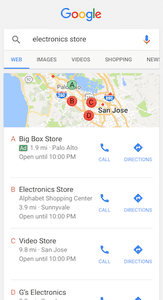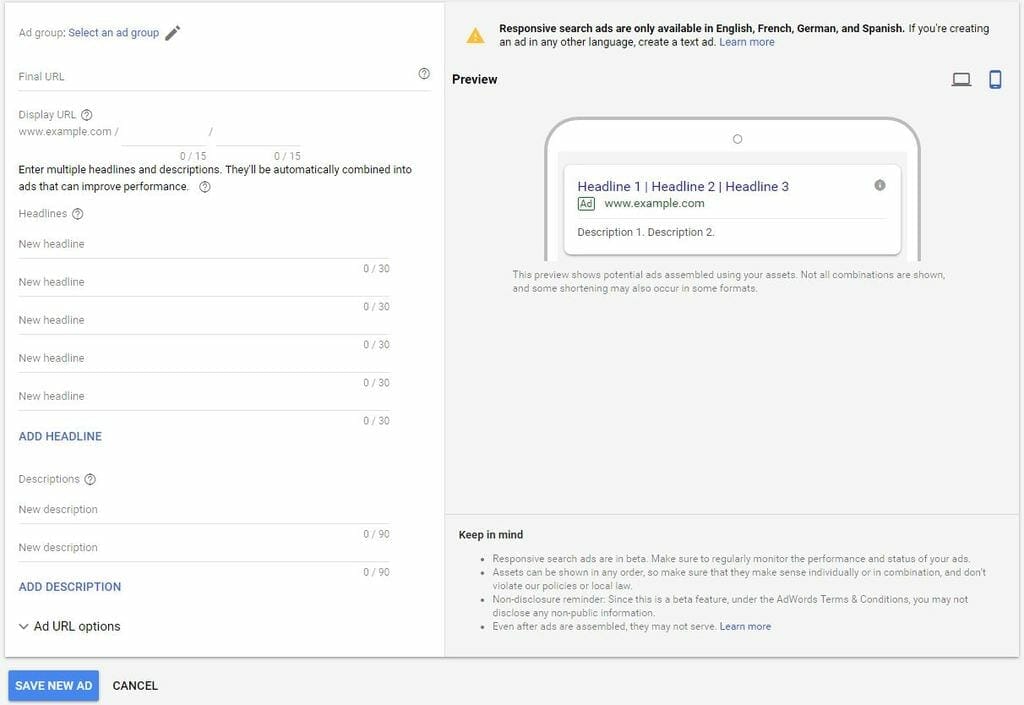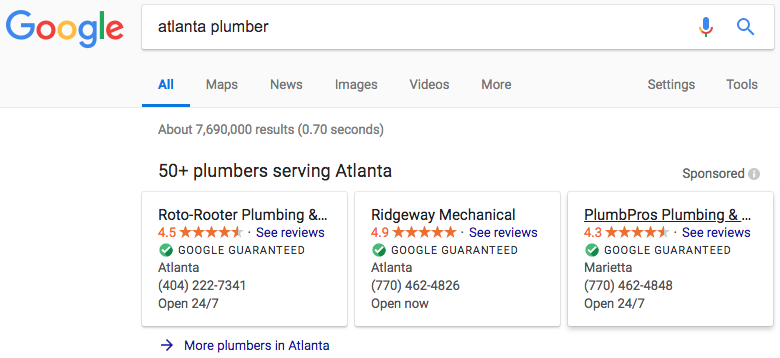Tips for Getting Your Audience to Stay on Your Website Longer written by John Jantsch read more at Duct Tape Marketing
You put a lot of time, effort, and money into developing a website for your business. So you want to be sure that it’s capturing people’s attention and giving them the information they need to feel good about doing business with you.
But no one can learn what you’re all about in a second or two. You must hold visitors’ attention long enough for them to learn what they need to learn about your business. And while you can’t control a stranger’s attention span, there are things you can do to encourage your audience to stay on your website longer.
Put Your Value Proposition Front and Center
Prospects are coming to your website because they have a problem. The most important thing for them to learn when your page loads is, “Can this business solve my problem?”
If you make it hard for visitors to determine what you do, they’re going to quickly lose interest. Google turns out thousands upon thousands of search results in an instant. A confused prospect can and will easily find another business who’s clearer about their value proposition and how they can fix the issue at hand.
Your value proposition should be one sentence at the top of your landing page that simply and elegantly highlights what you do. And it should be something that speaks specifically to your ideal customer—it won’t be something that everyone can relate to. For more on how to find your ideal value proposition, check out this post.
Write Better Copy
Part of keeping people engaged is presenting your information in an interesting way. There is a right way and a wrong way to write website copy. Long, jargon-filled paragraphs and wishy-washy headlines are a great way to confuse and alienate your audience.
Stick with short, punchy headlines that clearly demonstrate what a reader can expect to find on any given page. Paragraphs should be no more than four sentences, and those sentences should be concise.
Focusing on how the copy can serve your value proposition and your calls to action on each page can help you to define exactly what you need from your writing.
Create Informative Content
The best way to build trust and keep your audience on your site is to prove that you have the expertise to solve their problem. And the best way to do that is to fill your site with informative content.
Blog posts that provide rich information and actionable steps for readers are a great place to start. Once you’ve created content that’s meaningful for your audience, consider grouping it on hub pages. These pages allow you to centralize information on a given topic, which is helpful for visitors looking for answers, and also boosts your site’s SEO.
Outside of written content, you want to mix things up. Varied content keeps people engaged. Work to incorporate video into your strategy. Think about infographics and other ways, beyond website copy, to present relevant information. People have different learning styles, so creating content in various forms allows you to capture the attention of all your prospects.
Think About Structure
How you structure the information on your website can help to keep your audience around. Think about it from a storytelling perspective. Every story has a beginning, middle, and end. For brands, the beginning of your story is your offer to solve a prospect’s problem. The middle is the specifics on how you do it, and the end is the prospect converting to customer.
When you think about it that way, it allows you to get smart about how you structure your website. Your landing page should address the prospect’s problem. Pages below that in the hierarchy should support your initial value proposition, and provide visitors with more specifics about how you can fix their issue. Finally, this leads them to a place where they can make a purchase or speak to your sales team.
Get Smart with Calls to Action
Calls to action are not only a way to keep your audience on your website for longer, they’re a great way to build trust and drive conversions.
Set a goal for each page of your website, and have a corresponding CTA that drives a related conversion. That conversion could be the collection of an email address to add them to a mailing list or to send them a relevant white paper. It could be setting up a call with a sales rep to discuss your product offerings. Or it could be something as simple as sending them to a relevant blog post on your site.
When your calls to action are tailored to the information on each page, then you’re ensuring a higher rate of conversion because the visitor to that page is interested in the topic at hand. The CTA provides you the opportunity to give them the additional information they crave, proving your authority and trustworthiness as a brand. Plus, you’re able to learn more valuable information about your prospects that you can use to greet them with additional tailored offers in the future.
Don’t Forget Technical Elements
While it’s important that you’re providing prospects with the information and elements they need to see on your website, it’s also critical that your site holds up behind the scenes. Things like a quick page load time are critical for keeping your audience on your website. How many times have you sat staring at a blank page for a handful of seconds before clicking back to Google search results to check out the next site down instead? If you’re worried about how your site loads, check out Google’s PageSpeed Insights tool to see how you stack up.
Having a mobile friendly site is also a must. The majority of searches nowadays happen on mobile devices, so if your site doesn’t look good on a phone, that audience will be passing you over quickly.
The longer you can keep your audience on your website, the greater shot you have at winning their trust. When you undertake the steps above, you’re setting your business up to impress visitors and hold their attention, which in turn will have positive results on your conversions and bottom line.






